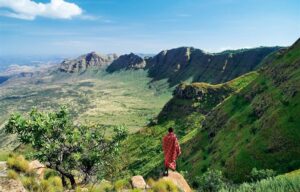The Top 10 Most Popular Historic Sites In Kenya
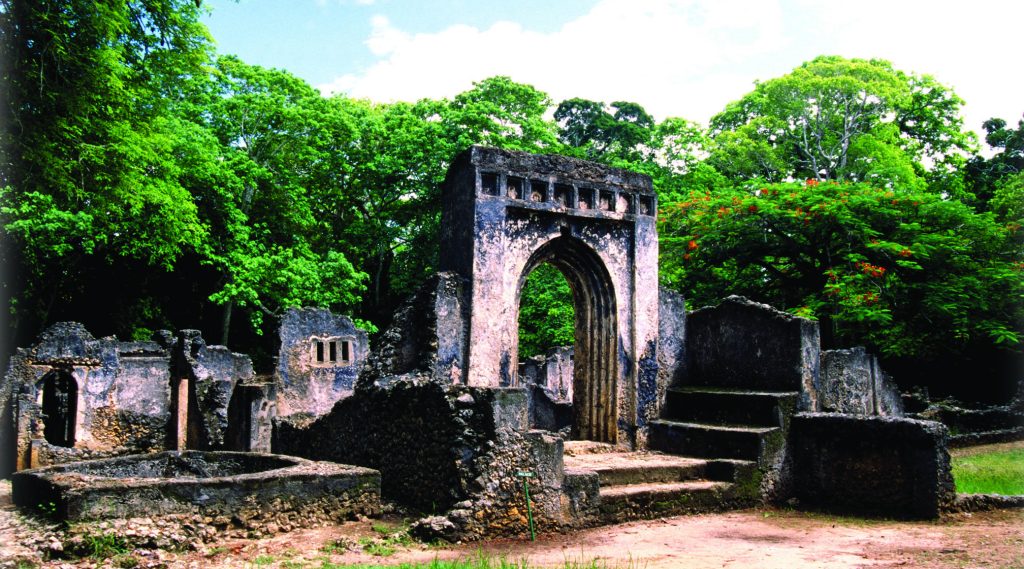
Kenya, renowned globally for its breathtaking wildlife and stunning landscapes, harbors a rich tapestry of history that spans millennia. From ancient Swahili settlements along the coast to colonial-era landmarks and sites of prehistoric significance, the country’s historic treasures offer visitors a profound journey through time. These sites reveal the complex layers of Kenya’s past, encompassing indigenous cultures, Arab and Portuguese influences, British colonialism, and the struggle for independence. Here are the ten most popular historic sites that every history enthusiast should explore when visiting Kenya.
1. Fort Jesus, Mombasa
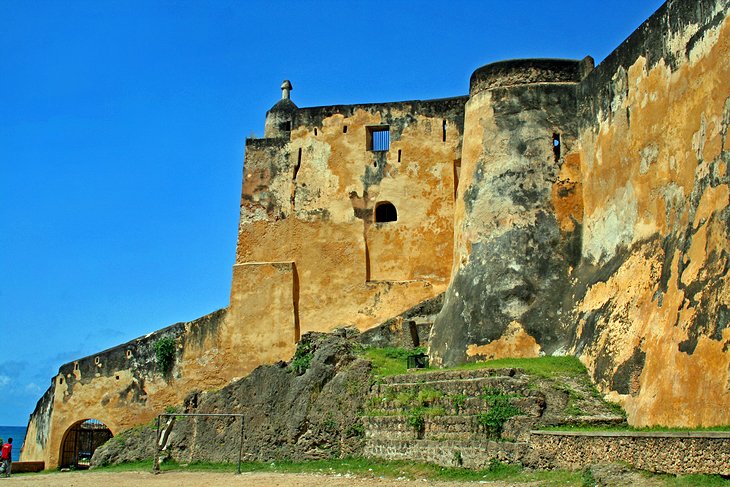
Dominating Mombasa’s Old Town skyline, Fort Jesus stands as Kenya’s most iconic historic monument and a UNESCO World Heritage Site. Built by the Portuguese in 1593 to protect their trade route to India, this imposing fortress showcases remarkable Renaissance military architecture. The fort’s massive walls, designed by Italian architect Giovanni Battista Cairati, have witnessed centuries of conflict between the Portuguese, Omani Arabs, and British colonial forces. Today, the fort houses a fascinating museum displaying artifacts from shipwrecks, Portuguese ceramics, and Swahili cultural items. Visitors can explore the battlements, dungeons, and barracks while enjoying panoramic views of Mombasa’s harbor, where dhows still sail as they have for centuries.
2. Gede Ruins

Hidden within a coastal forest near Malindi lie the mysterious Gede Ruins, remnants of a once-thriving Swahili town that flourished between the 13th and 17th centuries. This archaeological site features the remains of a palace, several mosques, and numerous stone houses that showcase the sophisticated lifestyle of medieval Swahili civilization. The town mysteriously declined and was eventually abandoned, with theories ranging from water shortages to Portuguese attacks. Walking through the atmospheric ruins, visitors encounter intricate architectural details, including pillar tombs and ornate doorways, while the surrounding forest adds an enchanting, almost mystical quality to the experience. The site museum displays artifacts including Chinese porcelain and glass beads, evidence of Gede’s extensive trade networks.
3. Lamu Old Town
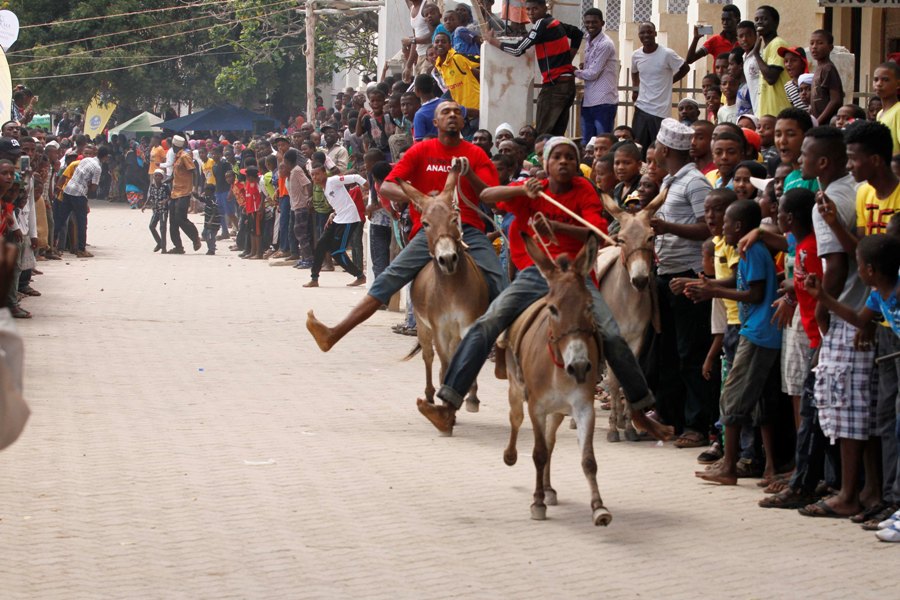
The entire historic town of Lamu, a UNESCO World Heritage Site, represents the oldest and best-preserved Swahili settlement in East Africa. Dating back to the 12th century, this car-free island town transports visitors to another era, with its narrow winding streets, traditional Swahili architecture, and centuries-old stone houses featuring intricately carved wooden doors. Lamu played a crucial role in Indian Ocean trade networks, and its architecture reflects Swahili, Arabic, Persian, Indian, and European influences. The Lamu Museum, housed in a building on the waterfront, offers insights into Swahili culture, while the German Post Office Museum chronicles the island’s colonial period. Exploring Lamu means experiencing a living heritage where traditional ways of life continue largely unchanged.
4. Olorgesailie Prehistoric Site

Located in the Great Rift Valley, Olorgesailie offers a window into humanity’s distant past. This paleontological and archaeological site contains evidence of human habitation spanning over one million years. Discovered in 1919, the site has yielded thousands of stone tools, particularly hand axes from the Acheulean period, along with fossils of extinct animals. Recent discoveries at Olorgesailie have revealed evidence of early human innovation, including the use of color pigments and long-distance trade networks dating back approximately 320,000 years. The site museum displays these remarkable finds, helping visitors understand the evolutionary journey of early humans. Standing where our ancestors once crafted tools and hunted provides a humbling perspective on human history.
5. Hyrax Hill Prehistoric Site and Museum
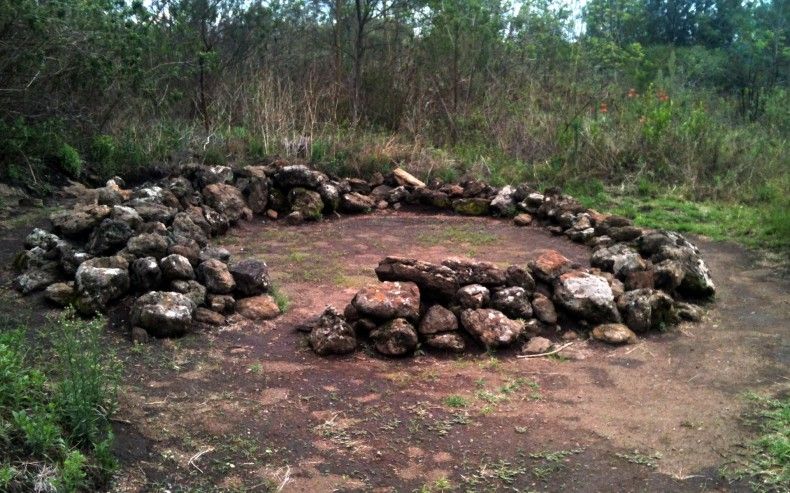
Near Nakuru, Hyrax Hill represents one of Kenya’s most important archaeological sites, revealing evidence of human settlement from the Neolithic period through the Iron Age. Excavations have uncovered burial sites, settlements, and artifacts spanning thousands of years. The site features a Neolithic burial pit containing nineteen skeletons, stone bowl-making depressions carved into rock, and remnants of Iron Age settlements. The on-site museum displays pottery, stone tools, and ornaments discovered during excavations. From the hilltop, visitors enjoy spectacular views of Lake Nakuru while contemplating the countless generations who inhabited this strategic location.
6. Karen Blixen Museum
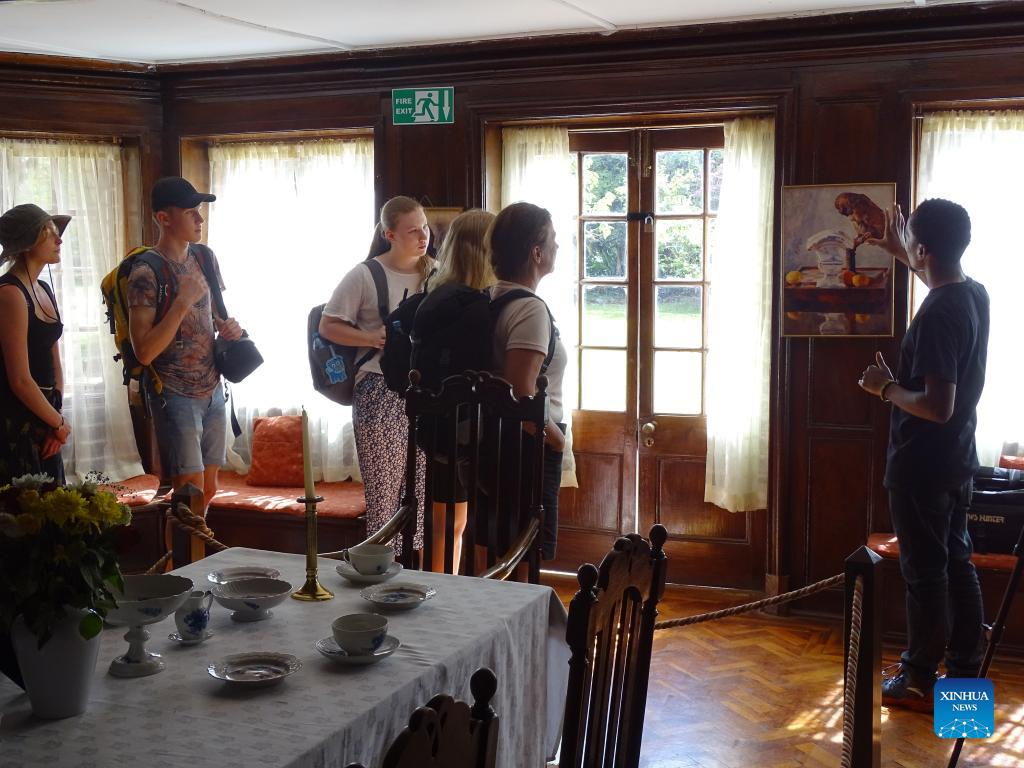
Set in the former home of Danish author Karen Blixen at the foot of the Ngong Hills, this museum preserves the colonial-era farmhouse made famous by her memoir “Out of Africa.” Built in 1912, the house retains much of its original character, with period furniture, photographs, and personal items that evoke early 20th-century colonial life. The museum provides insights into Kenya’s colonial history, the coffee farming industry, and Blixen’s complex relationship with the country and its people. The beautiful gardens and surrounding grounds offer a peaceful retreat, while guided tours bring to life the stories from her celebrated book.
7. Kabarnet Museum and Chemosit Cave

This site in the Rift Valley combines natural and cultural heritage. Chemosit Cave served as a hideout during intertribal conflicts and later became significant during the Mau Mau uprising against British colonial rule. The cave’s depths contain evidence of ancient habitation, and local legends speak of a mythical creature called Chemosit that once inhabited the area. The Kabarnet Museum showcases the cultural heritage of the Tugen and other Kalenjin communities, displaying traditional artifacts, tools, and exhibits on local history and customs.
8. Jumba la Mtwana
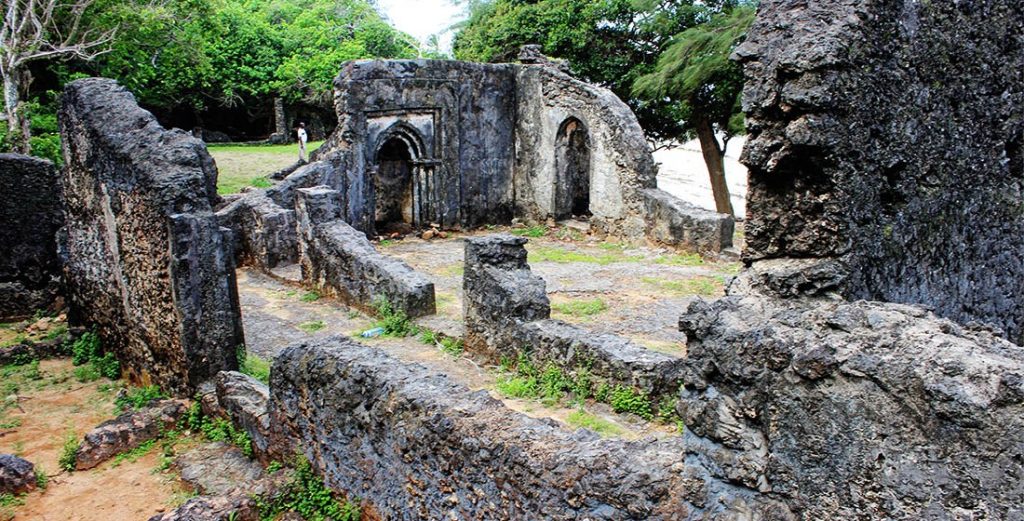
North of Mombasa, these atmospheric ruins represent another important Swahili settlement that thrived from the 14th to 16th centuries. The name translates to “big house of slaves,” though this interpretation is disputed by historians. The site features remains of four mosques, a palace, and several houses constructed from coral stone. Unlike inland ruins, Jumba la Mtwana sits directly on the Indian Ocean shore, offering stunning coastal views. The peaceful setting, combined with the mysterious circumstances of the town’s abandonment, creates a captivating atmosphere for exploration.
9. Thimlich Ohinga Archaeological Site
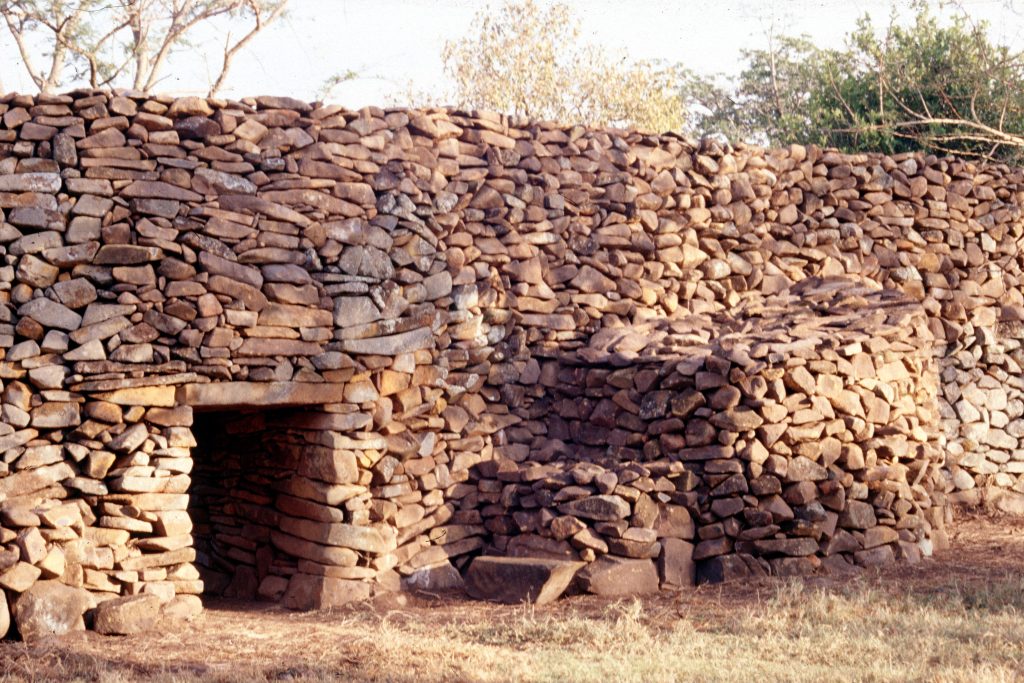
This UNESCO World Heritage Site in western Kenya near Lake Victoria showcases remarkable dry-stone walled settlements built without mortar. Dating from the 16th century, these massive stone enclosures served as fortified settlements for the Luo community. The main enclosure’s walls reach up to 4.2 meters high and demonstrate sophisticated construction techniques. Thimlich Ohinga represents a unique architectural tradition and provides insights into the social organization, defense strategies, and pastoral lifestyle of the region’s inhabitants.
10. Nairobi National Museum
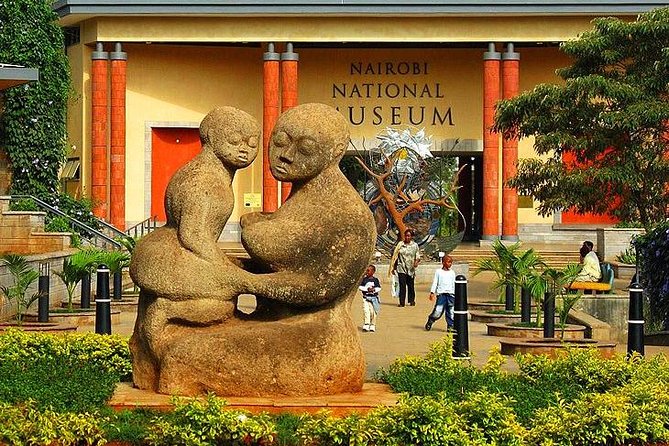
While not a historic site in the traditional sense, the Nairobi National Museum serves as Kenya’s premier institution for preserving and presenting the nation’s rich history. Its extensive collections cover paleontology, archaeology, ethnography, and the independence struggle. The museum displays fossils of early hominids discovered in Kenya, traditional cultural artifacts from the country’s diverse communities, and exhibits documenting the fight for independence. The museum grounds also include the Snake Park and botanical gardens, making it an essential destination for understanding Kenya’s multifaceted heritage.
Conclusion
Kenya’s historic sites offer far more than mere tourist attractions; they are gateways to understanding the complex forces that shaped East Africa. From prehistoric tools crafted by early humans to Swahili trading empires and colonial-era struggles, these sites chronicle an extraordinary human story. Visiting these locations provides travelers with deeper appreciation for Kenya beyond its famous wildlife, revealing a nation where layers of history continue to influence contemporary culture and identity. Whether exploring ancient ruins along the coast or standing where humanity’s ancestors once walked, Kenya’s historic sites promise enriching experiences that resonate long after the journey ends.
Planning to visit one or more of these popular historic sites in Kenya, we will be more than delighted to organize and driver-guided tour for at price that fist your budget and interests. Simply contact us now by sending an email to info@rentadriverkenya.com or call us now on +256-700135510 to speak with the reservations team.

